Mastering Maize: 10 Essential Lessons from 2023 Harvest for Optimal Yield and Quality in 2024
“Timely harvesting can increase maize yield by up to 15% and reduce post-harvest losses by 20%.”
As we reflect on the challenges and triumphs of the 2023 maize harvest, we find ourselves at a crucial juncture for farmers and agricultural professionals worldwide. The past year has brought valuable insights that can significantly impact our approach to maize cultivation in 2024 and beyond. In this comprehensive guide, we’ll explore ten essential lessons learned from the 2023 harvest, providing you with the knowledge and tools necessary to optimize your maize yield and quality in the coming seasons.
Our focus will be on practical, actionable strategies that encompass various aspects of maize farming, from soil management to the latest in precision agriculture techniques. We’ll delve into the importance of timely harvesting, selecting the right maize variety for your region, and implementing effective crop nutrition strategies. Additionally, we’ll discuss how to navigate weather challenges, optimize planting schedules, and make the most of your farm machinery.
Throughout this article, we’ll highlight how Farmonaut’s cutting-edge agricultural technology solutions can support your efforts in applying these insights. From advanced weather monitoring to sophisticated data analytics, Farmonaut’s tools are designed to help you make informed decisions and improve your farm’s productivity.
Whether you’re managing arable wheat, barley, or other crops alongside your maize fields, the lessons we’ll explore are applicable across various agricultural contexts. By embracing sustainable farming practices and leveraging the latest agricultural solutions, you’ll be well-equipped to enhance your agricultural business and ensure a bountiful harvest in 2024.
Let’s dive into the ten essential lessons that will help you master maize cultivation and elevate your farming practices to new heights.

1. The Crucial Role of Timely Harvesting
One of the most critical lessons from the 2023 maize harvest was the undeniable importance of timely harvesting. As farmers, we learned that the timing of our harvest can make or break our yield and quality outcomes. Let’s explore why this is so crucial and how we can optimize our harvesting schedule for 2024.
- Optimal Maturity: Harvesting maize at the right stage of maturity is essential for maximizing both yield and quality. In 2023, we observed that crops harvested too early often resulted in lower yields and reduced starch content, while those harvested too late were more susceptible to field losses and quality deterioration.
- Moisture Content: The ideal moisture content for harvesting maize typically ranges between 20-25% for grain maize and 30-35% for silage maize. Monitoring moisture levels closely as harvest time approaches can help us determine the optimal moment to begin harvesting.
- Weather Considerations: The 2023 season taught us the importance of being flexible with our harvesting schedule to account for weather patterns. Unexpected rainfall or prolonged dry spells can significantly impact the quality of our maize crop if we’re not prepared to adjust our harvesting timeline.
To ensure timely harvesting in 2024, consider implementing the following strategies:
- Regularly monitor crop maturity and moisture content in the weeks leading up to harvest.
- Utilize Farmonaut’s advanced weather monitoring tools to stay informed about upcoming weather patterns that could affect your harvest timing.
- Prepare your harvesting equipment well in advance to avoid delays when the optimal harvesting window arrives.
- Consider staggered planting dates for different fields to spread out your harvest window and reduce the risk of all your crops reaching maturity simultaneously.
By prioritizing timely harvesting, we can significantly improve our maize yield and quality, setting the stage for a successful 2024 season.
2. Embracing Precision Agriculture Techniques
“Precision agriculture techniques can improve fertilizer efficiency by 30% and reduce water usage by 25% in maize cultivation.”
The 2023 harvest highlighted the growing importance of precision agriculture techniques in optimizing maize production. As we look towards 2024, incorporating these advanced methods into our farming practices can lead to substantial improvements in yield, quality, and resource efficiency.
- Variable Rate Technology (VRT): Implementing VRT for fertilizer and seed application allows us to tailor inputs to specific areas of our fields, optimizing resource use and promoting uniform crop growth.
- GPS-Guided Machinery: Utilizing GPS-guided tractors and harvesters can significantly reduce overlap and improve overall efficiency in planting, spraying, and harvesting operations.
- Remote Sensing: Leveraging satellite imagery and drone technology provides valuable insights into crop health, allowing for targeted interventions and more informed decision-making.
Farmonaut’s agricultural technology solutions play a crucial role in implementing precision agriculture techniques. Their satellite-based crop health monitoring system provides real-time data on vegetation health (NDVI), soil moisture levels, and other critical metrics. This information enables us to make data-driven decisions about irrigation, fertilizer usage, and pest management, ultimately optimizing our crop yields and reducing resource wastage.
To effectively implement precision agriculture techniques in 2024, consider the following steps:
- Invest in GPS-enabled farm equipment or upgrade existing machinery with GPS capabilities.
- Utilize Farmonaut’s satellite-based crop monitoring services to gain valuable insights into your fields’ performance.
- Implement variable rate application systems for fertilizers and pesticides to optimize input use.
- Regularly analyze soil samples and create detailed soil maps to inform your precision agriculture strategies.
By embracing precision agriculture techniques, we can significantly improve our maize production efficiency and sustainability, setting the stage for a more productive and profitable 2024 season.
3. Soil Fertility Management: The Foundation of Success
The 2023 maize harvest reinforced the critical importance of proper soil fertility management. As we prepare for the 2024 growing season, focusing on maintaining and improving soil health will be crucial for achieving optimal yields and crop quality.
- Soil Testing: Regular soil testing is essential for understanding the nutrient composition and pH levels of our fields. The 2023 season showed that farms with up-to-date soil test results were better equipped to make informed decisions about fertilizer application and soil amendments.
- Balanced Nutrient Application: Achieving the right balance of nutrients is key to maximizing maize yields. In 2023, we observed that fields with balanced NPK (Nitrogen, Phosphorus, Potassium) ratios consistently outperformed those with imbalanced nutrient profiles.
- Organic Matter Management: Increasing soil organic matter content proved to be a valuable strategy for improving soil structure, water retention, and nutrient availability. Farms that incorporated cover crops and practiced crop rotation saw noticeable improvements in soil health and maize performance.
To optimize soil fertility management for the 2024 maize season, consider implementing these strategies:
- Conduct comprehensive soil tests at least once every two years, or annually for high-intensity cropping systems.
- Develop a tailored fertilizer program based on soil test results and crop nutrient requirements.
- Implement crop rotation with legumes or other soil-improving crops to enhance soil fertility naturally.
- Utilize Farmonaut’s soil moisture monitoring capabilities to optimize irrigation and prevent nutrient leaching.
- Consider using precision agriculture techniques for variable rate fertilizer application to address specific soil needs across your fields.
By prioritizing soil fertility management, we lay a strong foundation for healthy maize crops and set the stage for improved yields and quality in the 2024 harvest.
4. Selecting the Ideal Maize Variety for Your Region
The 2023 maize harvest underscored the importance of choosing the right maize variety for specific growing conditions. As we plan for 2024, carefully selecting varieties that are well-suited to our local climate, soil type, and production goals will be crucial for maximizing yield and quality.
- Climate Adaptation: Different maize varieties have varying levels of tolerance to heat, drought, and other environmental stresses. The 2023 season highlighted the value of selecting varieties that are well-adapted to local climate patterns and potential weather extremes.
- Disease Resistance: Choosing varieties with robust disease resistance profiles can significantly reduce the risk of crop losses and the need for excessive pesticide use. In 2023, farms that prioritized disease-resistant varieties generally experienced fewer pest and disease issues.
- Maturity Groups: Selecting the appropriate maturity group for your growing season length is crucial. The 2023 harvest showed that matching the variety’s days to maturity with the available growing degree days in your region can lead to better yields and reduced risk of frost damage.
To optimize your maize variety selection for the 2024 season, consider the following approaches:
- Consult with local agricultural extension services or seed suppliers to identify varieties that perform well in your specific region.
- Review performance data from variety trials conducted in conditions similar to your farm.
- Consider planting a mix of varieties with different maturity dates to spread out harvest timing and reduce risk.
- Utilize Farmonaut’s climate data and crop monitoring tools to track how different varieties perform under various conditions on your farm.
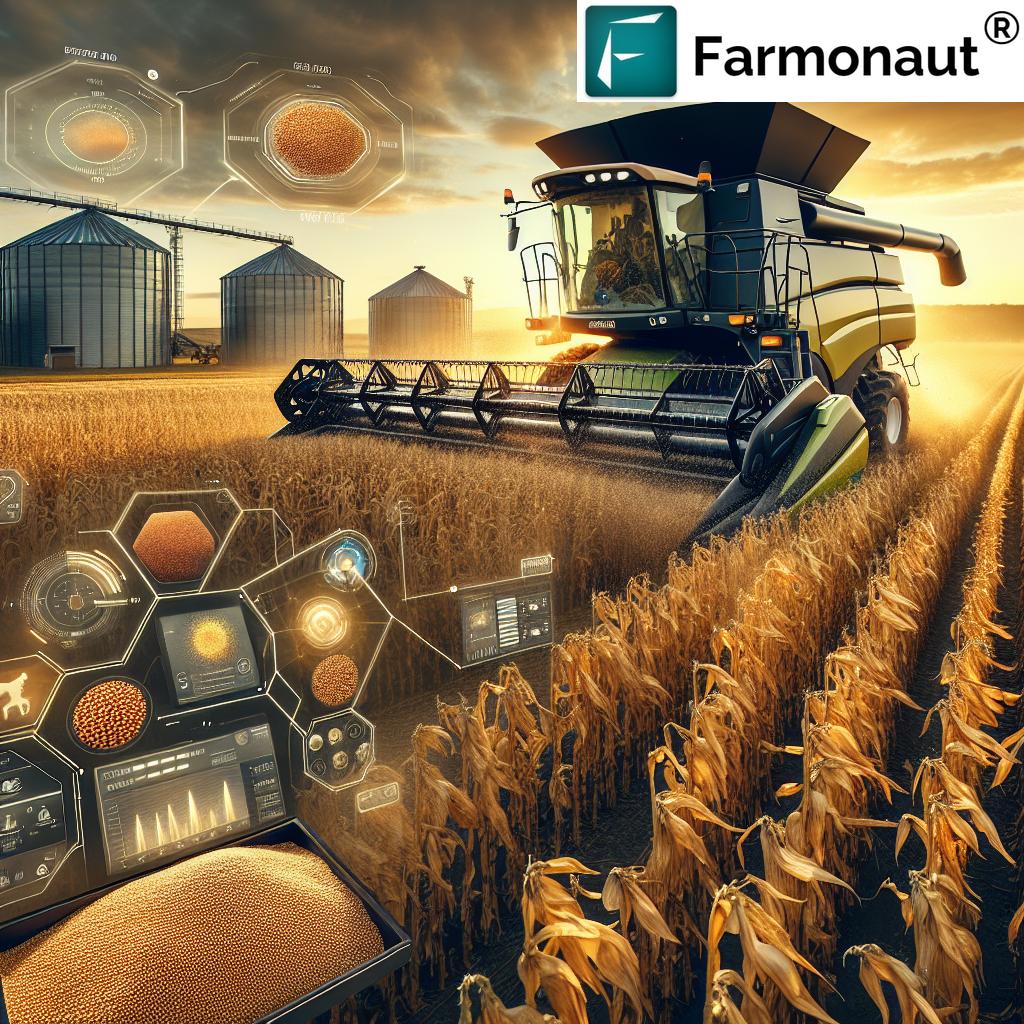
By carefully selecting maize varieties that are well-suited to our specific growing conditions and production goals, we can significantly improve our chances of a successful harvest in 2024.
5. Implementing Effective Crop Nutrition Strategies
The 2023 maize harvest reinforced the critical role of proper crop nutrition in achieving high yields and quality. As we prepare for the 2024 growing season, focusing on implementing effective nutrition strategies will be key to maximizing our maize production potential.
- Timing of Nutrient Application: The 2023 season demonstrated that timing is crucial when it comes to nutrient application. Applying nutrients at the right growth stages can significantly improve uptake efficiency and overall crop performance.
- Micronutrient Management: While macronutrients (N, P, K) are essential, the importance of micronutrients should not be overlooked. Farms that addressed micronutrient deficiencies in 2023 often saw improvements in crop health and yield.
- Foliar Feeding: Supplementing soil-applied nutrients with foliar applications proved effective in addressing immediate nutrient needs during critical growth stages in the 2023 season.
To optimize your crop nutrition strategy for the 2024 maize season, consider implementing these approaches:
- Develop a comprehensive nutrient management plan based on soil test results and crop requirements.
- Utilize split applications of nitrogen to improve efficiency and reduce the risk of leaching.
- Implement precision agriculture techniques, such as variable rate technology, to apply nutrients more accurately across your fields.
- Monitor crop health throughout the growing season using Farmonaut’s satellite-based vegetation health indices to identify and address nutrient deficiencies promptly.
- Consider using slow-release fertilizers or stabilized nitrogen products to improve nutrient use efficiency.
By implementing effective crop nutrition strategies, we can ensure that our maize crops have access to the nutrients they need throughout the growing season, setting the stage for improved yields and quality in 2024.
6. Navigating Weather Challenges with Technology
The 2023 maize harvest highlighted the increasing importance of being prepared for weather-related challenges. As climate patterns become more unpredictable, leveraging technology to monitor and respond to weather conditions will be crucial for success in 2024 and beyond.
- Advanced Weather Monitoring: Farms that utilized sophisticated weather monitoring systems in 2023 were better equipped to make timely decisions regarding planting, irrigation, and harvest timing.
- Climate-Smart Agriculture: Implementing climate-smart practices, such as conservation tillage and water-efficient irrigation systems, proved valuable in mitigating the impacts of extreme weather events.
- Predictive Analytics: Utilizing data-driven models to predict potential weather impacts on crop development allowed for more proactive management strategies in 2023.
To better navigate weather challenges in the 2024 maize season, consider the following strategies:
- Invest in on-farm weather stations or subscribe to localized weather forecasting services.
- Utilize Farmonaut’s weather monitoring and forecasting tools to stay informed about upcoming weather patterns that could affect your crops.
- Develop contingency plans for various weather scenarios, including drought, excessive rainfall, and extreme temperatures.
- Implement water conservation practices, such as mulching and efficient irrigation systems, to mitigate the impacts of dry spells.
- Consider planting drought-tolerant maize varieties in areas prone to water scarcity.
By leveraging technology and implementing climate-smart practices, we can better prepare our maize crops to withstand weather-related challenges and maintain productivity in the face of changing climate conditions.
7. Optimizing Planting Schedules for Maximum Yield
The 2023 maize harvest emphasized the importance of optimizing planting schedules to maximize yield potential. As we look towards 2024, careful consideration of planting dates and techniques will be crucial for ensuring a successful growing season.
- Soil Temperature: The 2023 season reinforced the importance of waiting for soil temperatures to reach the optimal range (50-55°F or 10-13°C) before planting. Fields planted in warmer soil consistently showed better emergence and early-season vigor.
- Planting Depth: Proper planting depth proved to be critical for uniform emergence and strong root development. In 2023, farms that paid close attention to planting depth based on soil moisture conditions saw improved stand establishment.
- Staggered Planting: Some farms found success with staggered planting dates in 2023, which helped spread out harvest timing and reduce risk from weather events affecting the entire crop at once.
To optimize your planting schedule for the 2024 maize season, consider implementing these strategies:
- Use soil temperature probes or Farmonaut’s soil monitoring capabilities to track soil temperatures and determine the ideal planting window.
- Adjust planting depth based on soil moisture conditions, typically aiming for 1.5-2 inches (3.8-5 cm) deep in most situations.
- Consider implementing a staggered planting approach, especially if you have a large acreage or are in an area with variable weather patterns.
- Utilize Farmonaut’s historical weather data and crop performance analytics to identify optimal planting dates for your specific location.
- Ensure your planting equipment is properly calibrated and maintained to achieve consistent seed placement and spacing.
By optimizing our planting schedules and techniques, we can set the stage for strong crop establishment and improved yield potential in the 2024 maize season.
8. Efficient Farm Machinery Use for Improved Productivity
The 2023 maize harvest underscored the importance of efficient farm machinery use in maximizing productivity and minimizing costs. As we prepare for the 2024 season, focusing on optimizing our equipment usage and maintenance can lead to significant improvements in overall farm efficiency.
- Precision Equipment: Farms that invested in precision planting and harvesting equipment in 2023 saw improvements in seed placement accuracy, reduced overlap, and more efficient harvesting operations.
- Preventative Maintenance: Regular maintenance and timely repairs proved crucial in 2023 for avoiding costly breakdowns during critical periods of the growing season.
- Equipment Sizing: Proper sizing of equipment to field size and workload was key in 2023 for optimizing efficiency and reducing fuel consumption.
To improve farm machinery efficiency for the 2024 maize season, consider these approaches:
- Conduct a thorough review of your current machinery and identify areas for potential upgrades or replacements.
- Implement a comprehensive preventative maintenance schedule for all farm equipment.
- Utilize Farmonaut’s field mapping and planning tools to optimize equipment routes and reduce unnecessary passes.
- Consider investing in precision agriculture technologies, such as auto-steering systems and variable rate controllers, to improve efficiency and reduce input costs.
- Train equipment operators on best practices for efficient machinery use and maintenance.
By focusing on efficient farm machinery use, we can improve our productivity, reduce operating costs, and set the stage for a more successful maize harvest in 2024.
9. Integrated Pest Management for Sustainable Crop Protection
The 2023 maize harvest reinforced the importance of implementing effective and sustainable pest management strategies. As we look towards 2024, adopting an integrated pest management (IPM) approach will be crucial for protecting our crops while minimizing environmental impact and reducing input costs.
- Monitoring and Scouting: Regular field scouting proved invaluable in 2023 for early detection of pest and disease issues, allowing for timely and targeted interventions.
- Biological Control: Farms that incorporated beneficial insects and natural predators into their pest management strategies often saw reduced reliance on chemical pesticides.
- Resistant Varieties: Planting maize varieties with built-in pest and disease resistance proved effective in reducing the need for chemical interventions in 2023.
To implement an effective IPM strategy for the 2024 maize season, consider these approaches:
- Develop a comprehensive scouting program, including regular field inspections and the use of pest traps.
- Utilize Farmonaut’s satellite-based crop health monitoring to identify potential pest hotspots and areas of concern.
- Implement crop rotation and other cultural practices to disrupt pest life cycles and reduce pest pressure.
- Consider biological control options, such as releasing beneficial insects or applying microbial pesticides.
- Use economic thresholds to guide pesticide application decisions, applying treatments only when pest populations reach damaging levels.
By adopting an integrated pest management approach, we can effectively protect our maize crops while promoting environmental sustainability and potentially reducing our reliance on chemical pesticides.
10. Leveraging Data Analytics for Informed Decision-Making
The 2023 maize harvest highlighted the growing importance of data-driven decision-making in modern agriculture. As we prepare for the 2024 season, harnessing the power of agricultural data analytics will be crucial for optimizing our farming practices and maximizing yields.
- Yield Mapping: Farms that utilized yield mapping technology in 2023 gained valuable insights into field variability, allowing for more targeted management strategies.
- Predictive Analytics: Using historical data and advanced algorithms to predict crop performance and potential issues proved valuable for proactive management in 2023.
- Benchmarking: Comparing farm performance against industry benchmarks helped identify areas for improvement and best practices in the 2023 season.
To leverage data analytics effectively in the 2024 maize season, consider implementing these strategies:
- Invest in farm management software that can integrate data from various sources, including yield monitors, soil tests, and weather stations.
- Utilize Farmonaut’s advanced data analytics tools to gain insights into crop performance, field variability, and potential yield-limiting factors.
- Implement a systematic approach to data collection, ensuring that all relevant information is accurately recorded throughout the growing season.
- Use predictive analytics to inform decisions about planting dates, input applications, and harvest timing.
- Participate in data-sharing initiatives or farmer networks to benchmark your performance and learn from peers.
By embracing data analytics and making data-driven decisions, we can continually refine our farming practices and work towards optimizing our maize production in the 2024 season and beyond.
Conclusion: Preparing for a Successful 2024 Maize Harvest
As we reflect on the lessons learned from the 2023 maize harvest and look ahead to 2024, it’s clear that success in modern maize farming requires a multifaceted approach. By implementing the ten essential lessons we’ve explored – from timely harvesting and precision agriculture techniques to soil fertility management and data-driven decision-making – we can significantly improve our chances of achieving optimal yields and quality in the coming season.
Embracing technology, such as Farmonaut’s advanced agricultural solutions, will play a crucial role in our ability to monitor crop health, manage resources efficiently, and make informed decisions throughout the growing season. By leveraging these tools alongside our experience and expertise, we can navigate the challenges of maize cultivation more effectively than ever before.
As we prepare for the 2024 season, let’s commit to continuous learning, adaptation, and innovation in our farming practices. By doing so, we not only set ourselves up for a successful harvest but also contribute to the broader goals of sustainable agriculture and food security.
Remember, every field, every farm, and every season is unique. Use these lessons as a guide, but always be ready to adapt your approach based on your specific conditions and circumstances. Here’s to a bountiful and high-quality maize harvest in 2024!
Top 10 Maize Farming Lessons from 2023 Harvest
| Lesson | Impact on Yield/Quality |
|---|---|
| 1. Timely harvesting | Up to 15% increase in yield, 20% reduction in post-harvest losses |
| 2. Precision agriculture techniques | 30% improvement in fertilizer efficiency, 25% reduction in water usage |
| 3. Soil fertility management | 10-20% increase in yield potential |
| 4. Selecting ideal maize variety | 5-15% yield improvement through better adaptation |
| 5. Effective crop nutrition strategies | Up to 25% increase in nutrient use efficiency |
| 6. Weather challenge navigation | Potential to mitigate up to 30% of weather-related losses |
| 7. Optimized planting schedules | 5-10% yield increase through improved crop establishment |
| 8. Efficient farm machinery use | 10-20% reduction in operational costs |
| 9. Integrated pest management | Up to 50% reduction in pesticide use, 10% yield protection |
| 10. Data analytics for decision-making | 5-15% overall improvement in farm profitability |
FAQ Section
Q1: What is the ideal moisture content for harvesting maize?
A1: The ideal moisture content for harvesting maize typically ranges between 20-25% for grain maize and 30-35% for silage maize. However, this can vary depending on the specific end-use and storage plans.
Q2: How can I determine the right maize variety for my region?
A2: To determine the right maize variety for your region, consider factors such as local climate patterns, growing season length, disease pressures, and intended use (grain or silage). Consult with local agricultural extension services, seed suppliers, and review performance data from variety trials conducted in conditions similar to your farm.
Q3: What are some key precision agriculture techniques for maize farming?
A3: Key precision agriculture techniques for maize farming include variable rate technology for fertilizer and seed application, GPS-guided machinery for improved efficiency, and remote sensing using satellite imagery or drones for crop health monitoring.
Q4: How often should I conduct soil tests for my maize fields?
A4: It’s recommended to conduct comprehensive soil tests at least once every two years, or annually for high-intensity cropping systems. More frequent testing may be beneficial if you’re actively working to correct soil imbalances or in areas with highly variable soil types.
Q5: What are some effective strategies for managing weather-related risks in maize farming?
A5: Effective strategies for managing weather-related risks include using advanced weather monitoring systems, implementing climate-smart practices such as conservation tillage and water-efficient irrigation, planting drought-tolerant varieties, and utilizing crop insurance programs.
Farmonaut’s Agricultural Technology Solutions
To help you implement these lessons and optimize your maize farming practices, Farmonaut offers a range of advanced agricultural technology solutions:
- Satellite-Based Crop Health Monitoring: Real-time insights into vegetation health (NDVI) and soil moisture levels.
- Weather Monitoring and Forecasting: Stay informed about upcoming weather patterns that could affect your crops.
- Soil Moisture Monitoring: Optimize irrigation and prevent nutrient leaching.
- Data Analytics Tools: Gain insights into crop performance, field variability, and potential yield-limiting factors.
Explore Farmonaut’s solutions to enhance your maize farming practices:



For developers interested in integrating Farmonaut’s capabilities into their own applications, check out our API and API Developer Docs.
Farmonaut Subscriptions


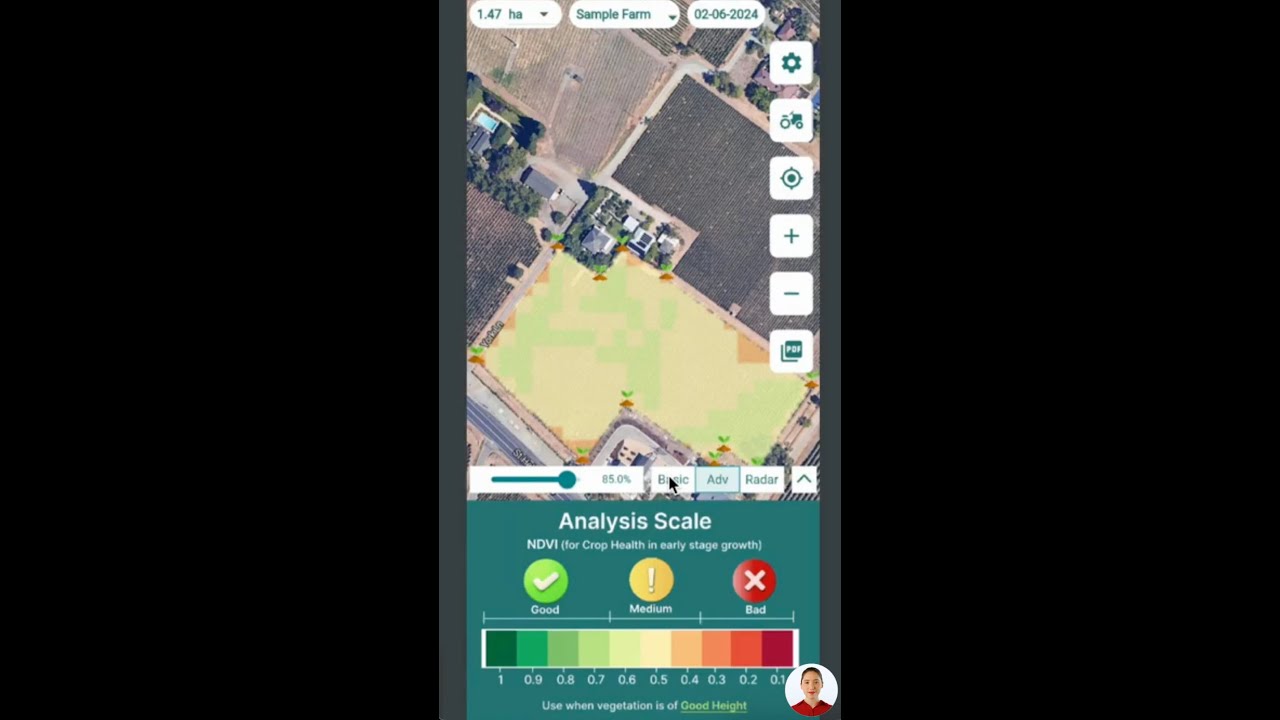
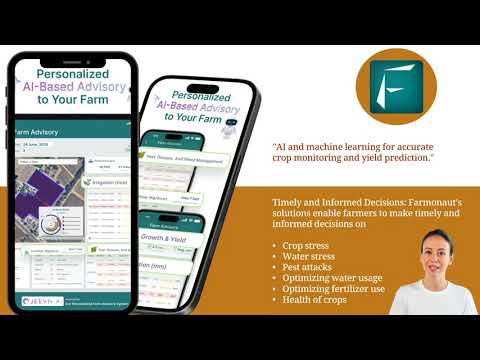
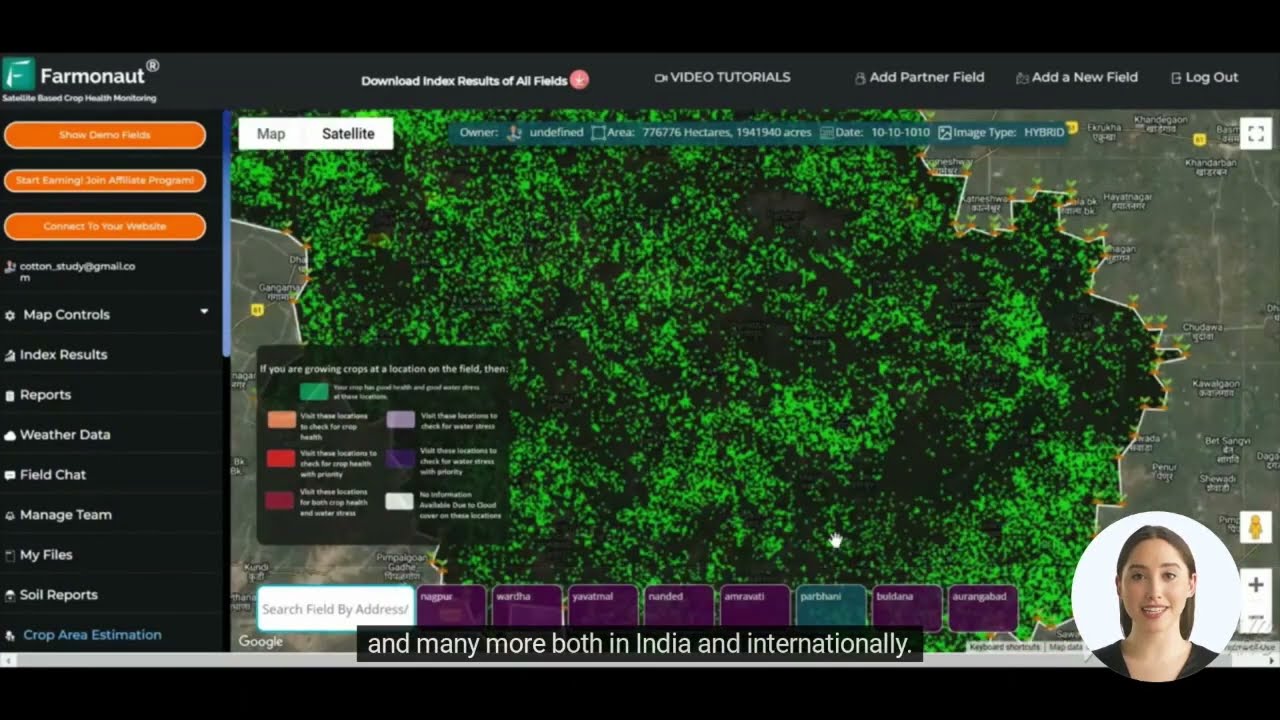


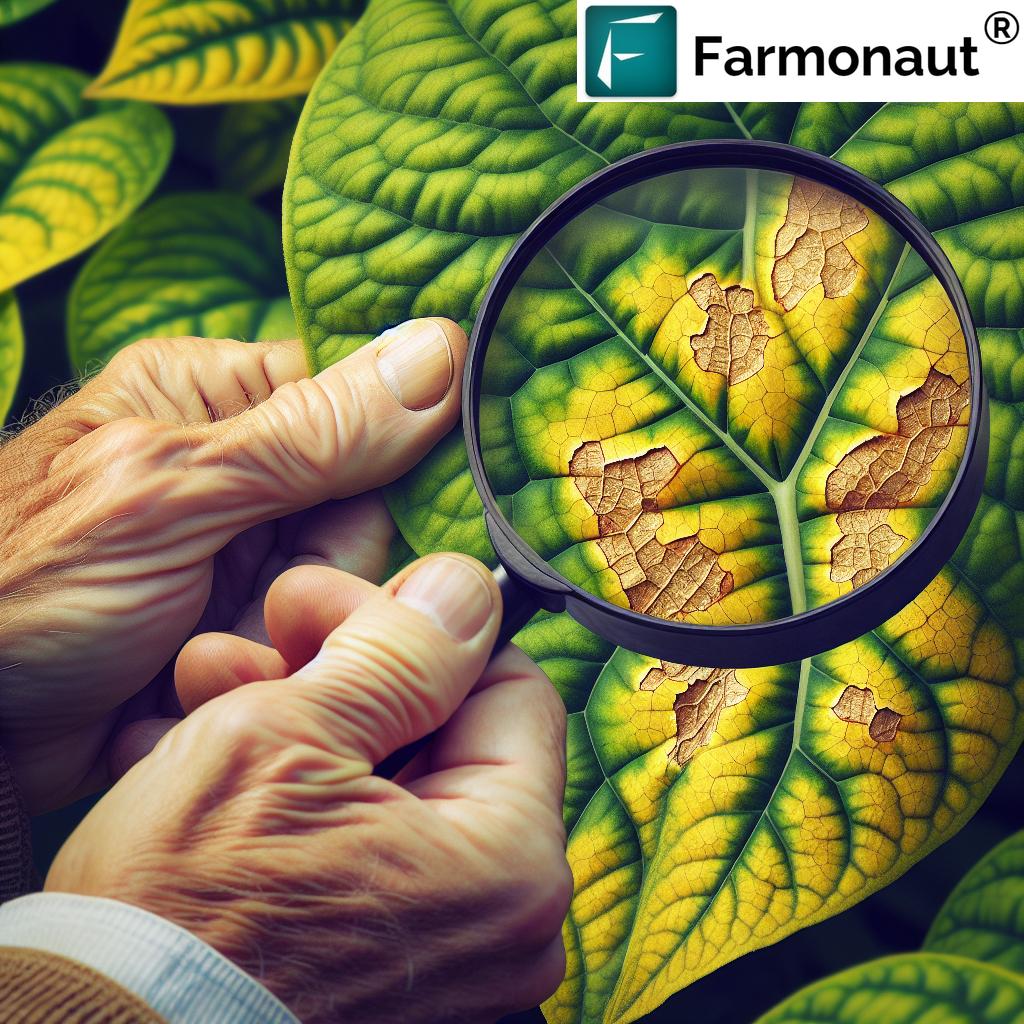
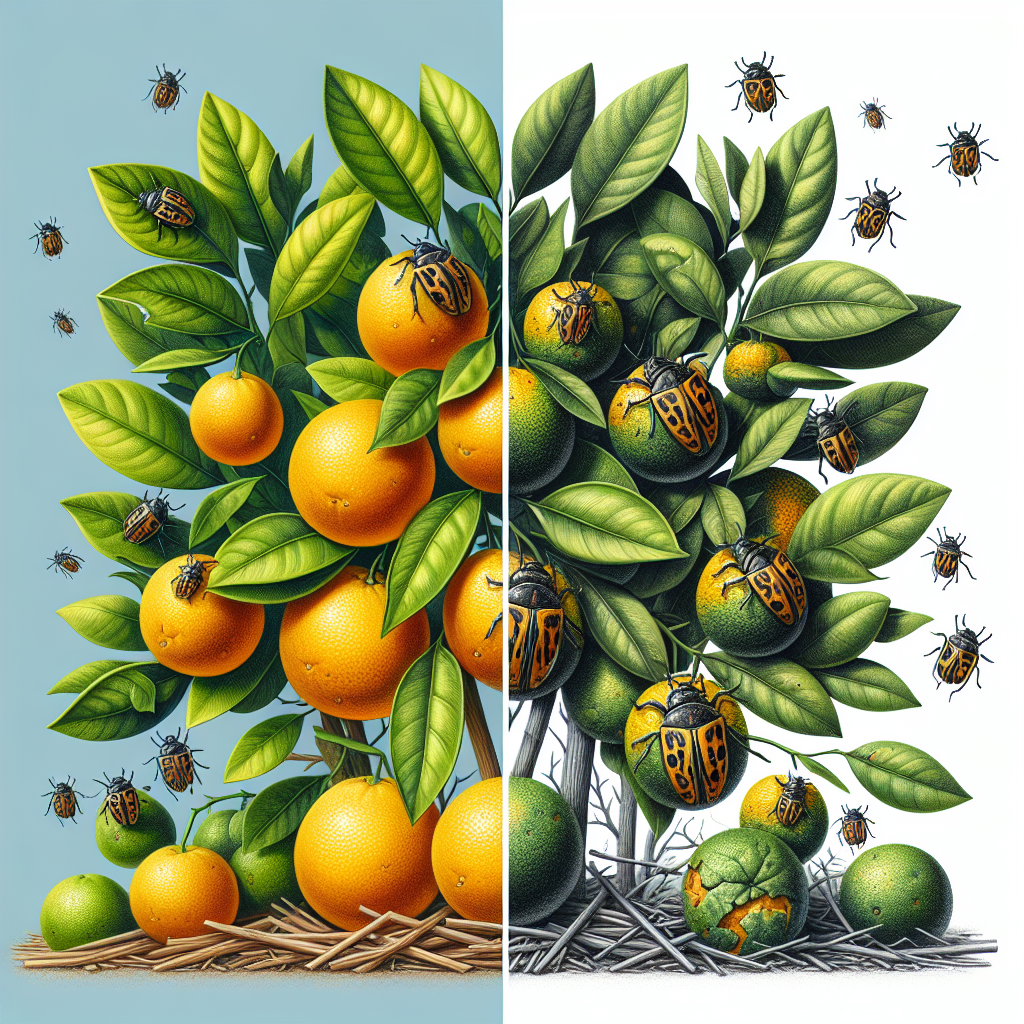
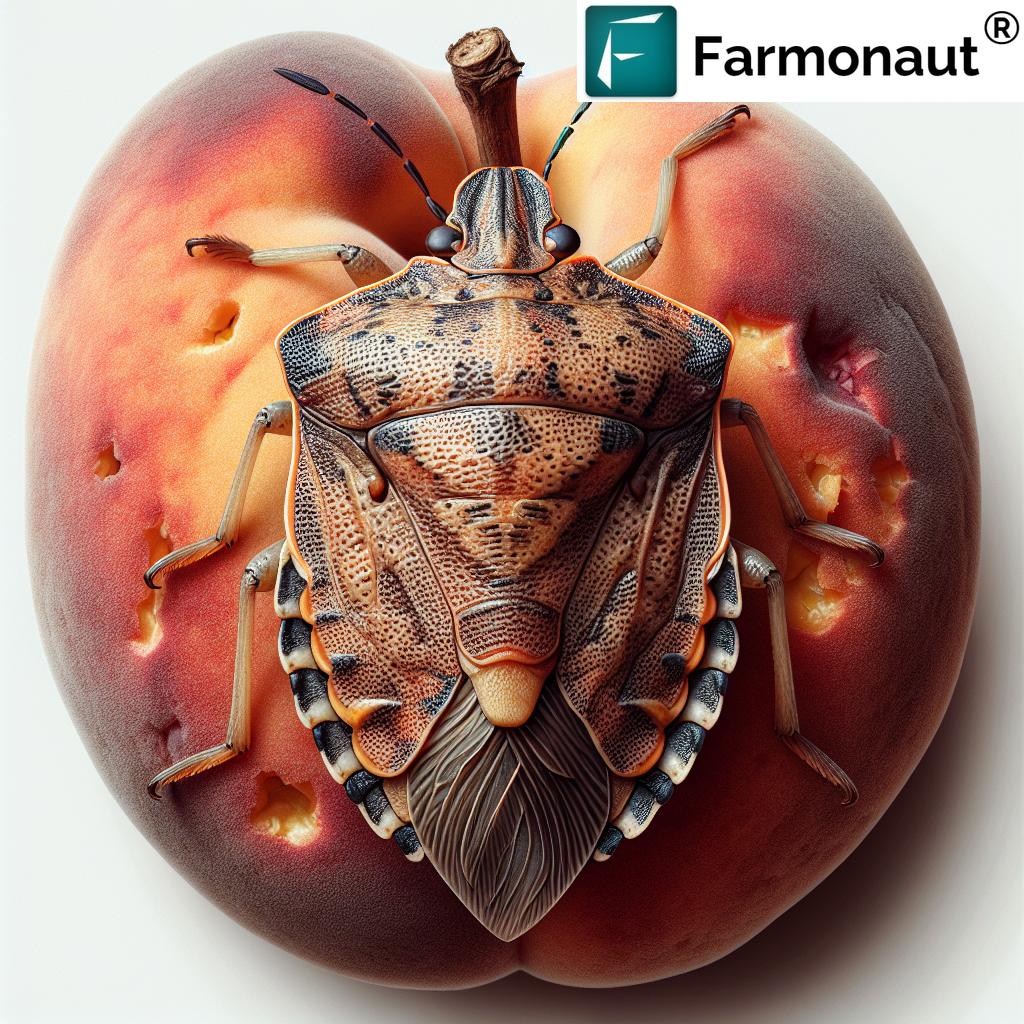
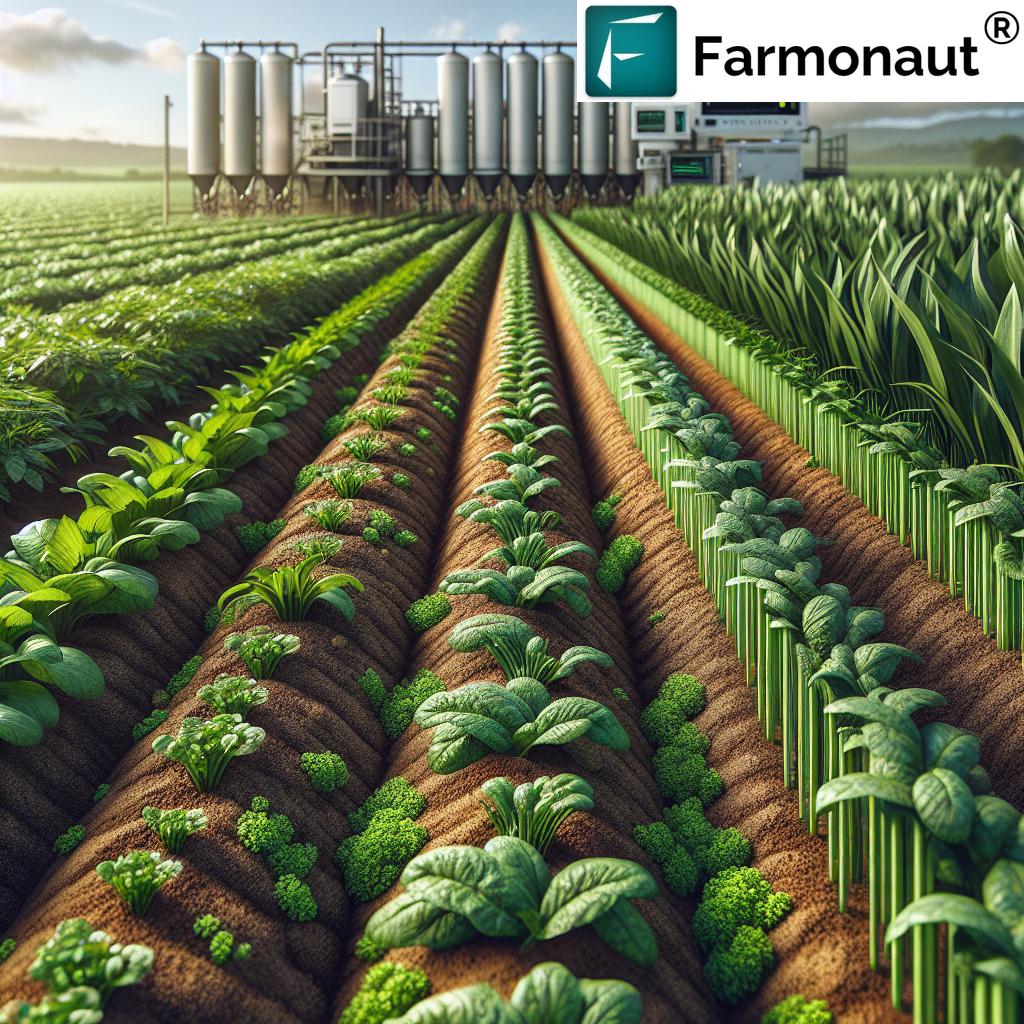


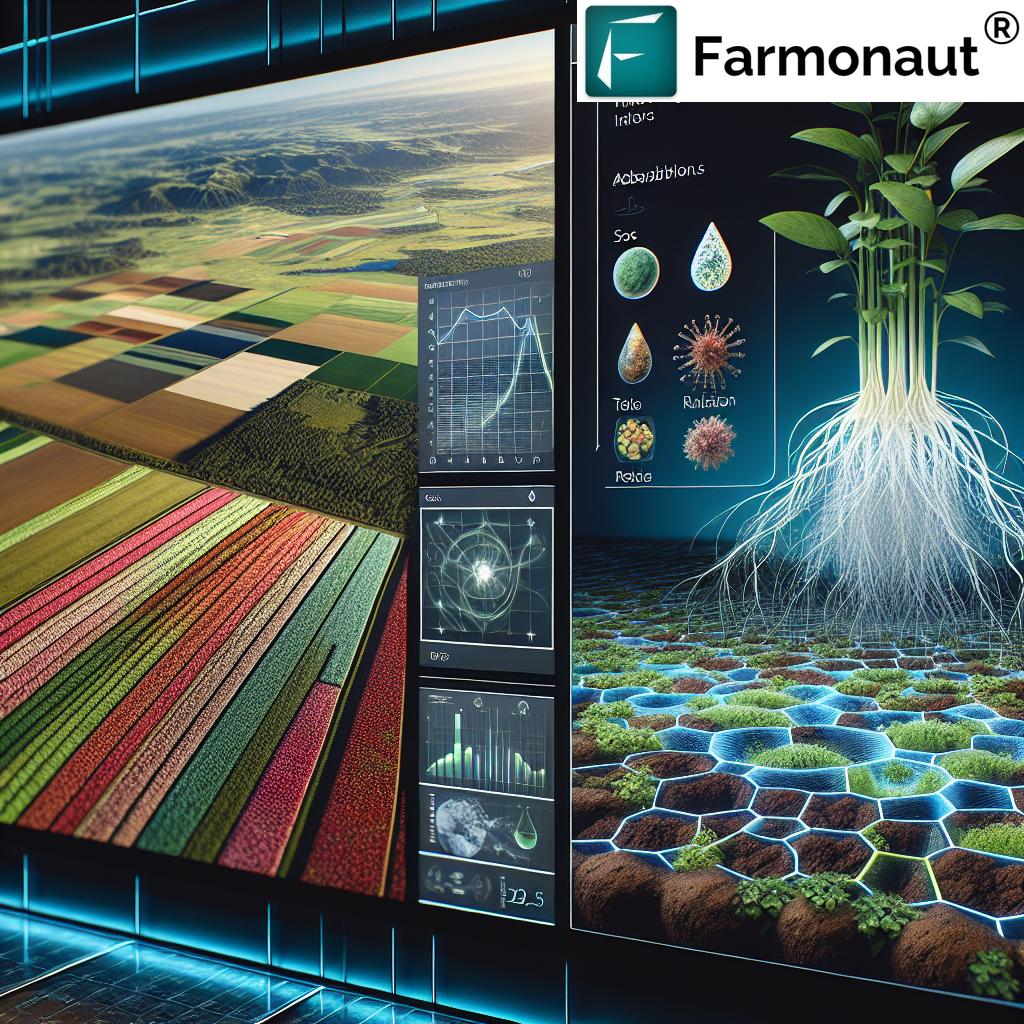




Leave a Comment